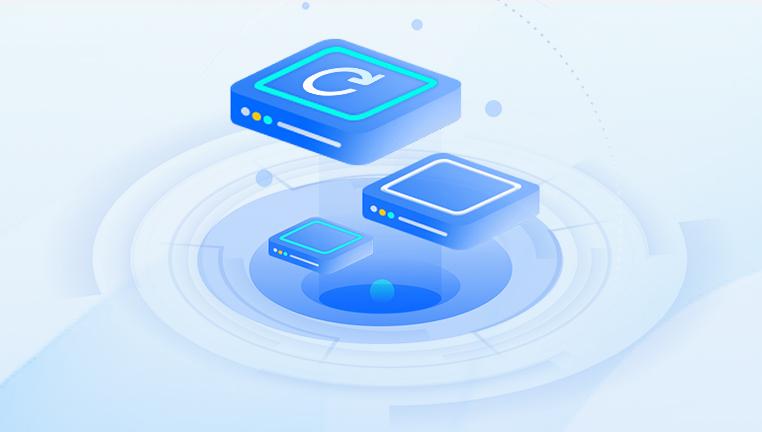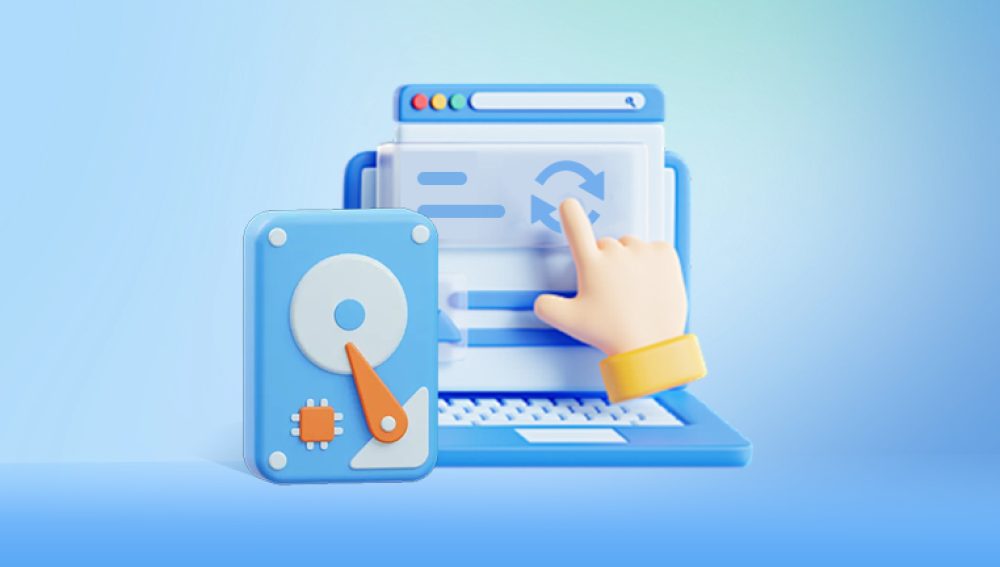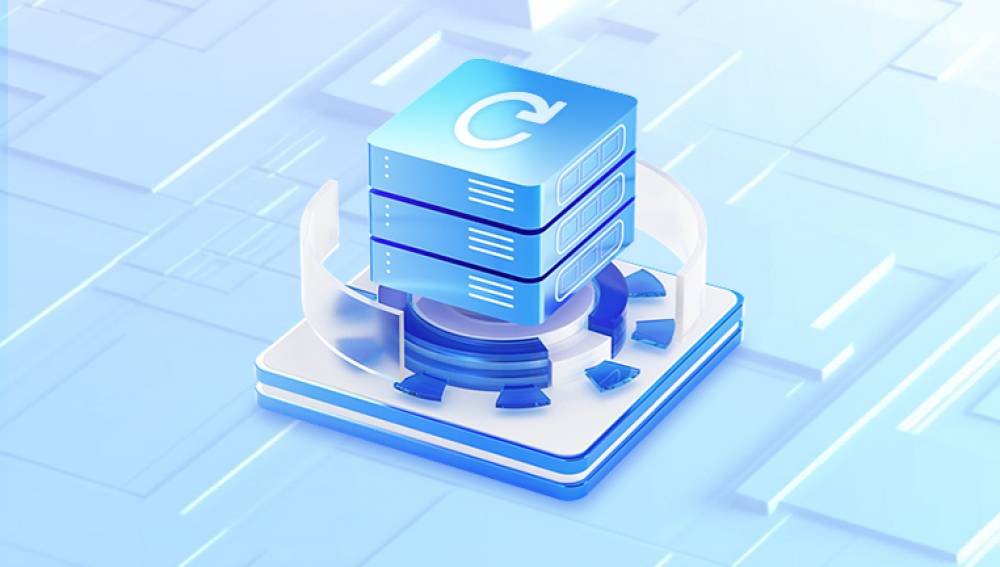Recovering files from a crashed hard disk can be a daunting task, especially if you're not familiar with data recovery processes. Whether your hard drive has failed due to mechanical issues, file system corruption, or logical errors, there are ways to retrieve your precious data.
Hard Disk Crashes
Before diving into recovery methods, it's important to understand what constitutes a "crash." A hard disk crash can occur due to:
Mechanical Failures: This includes physical damage to the hard drive, such as a head crash, motor failure, or platter damage.
Logical Failures: Issues related to the file system, like corruption or accidental deletion.
Firmware Corruption: Problems within the drive's firmware can lead to inaccessibility.
Power Failures: Sudden power outages or surges can lead to disk errors.
Understanding the type of failure can help determine the best recovery approach.
Initial Steps to Take
Stop Using the Drive: As soon as you suspect a crash, stop using the hard disk immediately. Continuing to use it can lead to further data loss.
Check Connections: Ensure that the drive is properly connected to your computer. Sometimes, the issue may be as simple as a loose connection.
Listen for Unusual Noises: If your hard disk is making clicking, grinding, or whirring noises, it may indicate a mechanical failure. Avoid turning it on repeatedly to prevent further damage.

DIY Recovery Methods
1. Check the Disk in Another Computer
If the hard disk is not making any unusual noises, try connecting it to another computer:
Use a Different Cable: Faulty cables can cause connectivity issues.
Test Different Ports: Sometimes, USB ports may not function correctly.
Use a Hard Drive Docking Station: This can help access the drive externally without the risk of further damage.
2. Use Disk Management Tools
If the drive is recognized but not accessible, use built-in tools:
Windows: Use Disk Management to see if the drive appears. Right-click on "This PC" and select "Manage." Then go to "Disk Management." If the drive shows as "unallocated," it may need partition recovery.
macOS: Open Disk Utility and see if the drive appears. You can try to mount it or run First Aid to repair the disk.
3. Use Command Line Tools
For advanced users, command line tools can help recover data:
Windows:
Open Command Prompt as Administrator.
Use chkdsk to check for file system errors:
bash
chkdsk X: /f
Replace X: with the drive letter of the crashed disk.
macOS:
Open Terminal and use fsck to check and repair:
bash
sudo fsck_hfs -fy /dev/diskX
Replace diskX with the appropriate disk identifier.
4. Data Recovery Software
Drecov Data Recovery is a powerful software designed to assist users in recovering lost or deleted files from various storage devices, such as hard drives, USB drives, and memory cards. With its user friendly interface, the software is suitable for both beginners and advanced users, making the data recovery process straightforward and efficient.
Safety is a priority for Drecov Data Recovery. The software employs a read-only recovery process, which means it does not modify the original data during recovery attempts. This approach minimizes the risk of further data loss and enhances the chances of successful retrieval.
Additionally, Drecov Data Recovery includes a preview function, enabling users to view recoverable files before proceeding. This feature allows users to select specific files they wish to recover, saving time and storage space.
5. Clone the Drive
If the drive is still somewhat functional, consider cloning it before attempting any recovery:
Use software like ddrescue or Clonezilla to create a clone of the disk. This allows you to work on a copy rather than risking further damage to the original drive.
When to Seek Professional Help
If DIY methods don’t yield results or if the hard disk is physically damaged, it’s time to consult professional data recovery services. These services can handle complex recovery scenarios:
Clean Room Environment: Professional services operate in clean environments to avoid dust and particles that can cause further damage.
Specialized Tools: They have access to advanced tools and techniques that aren't available to the average user.
Expertise: Trained technicians can handle various types of failures more efficiently.
Choosing a Data Recovery Service
When selecting a professional service, consider the following:
Reputation: Look for reviews and testimonials from previous clients.
Success Rate: Inquire about their success rates in recovering data from similar situations.
Cost: Understand their pricing structure, as data recovery can be expensive.
Data Security: Ensure they follow strict data privacy and security protocols.
Preventive Measures for the Future
Once you recover your data, take steps to prevent future losses:
Regular Backups: Implement a robust backup strategy using cloud services or external drives.
Use Reliable Hardware: Invest in high-quality hard drives with good reviews for reliability.
Monitor Drive Health: Use tools like SMART monitoring to keep an eye on your hard drive's health.
Safely Eject Drives: Always safely remove external drives to prevent data corruption.




